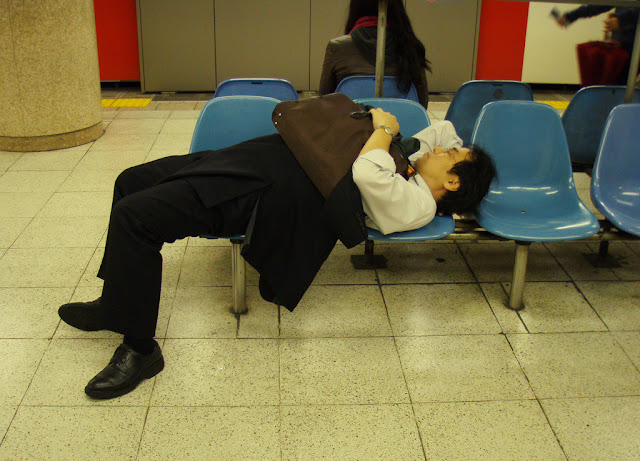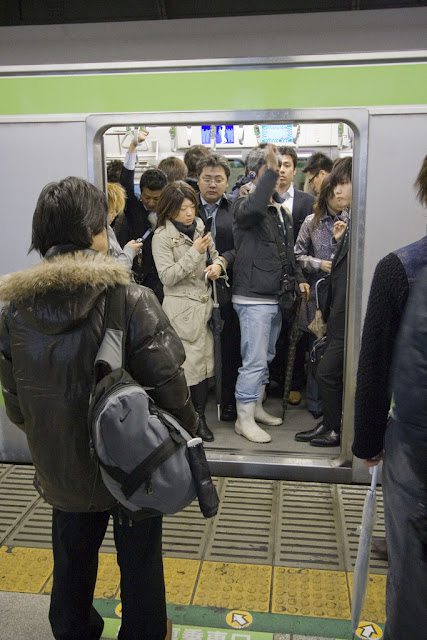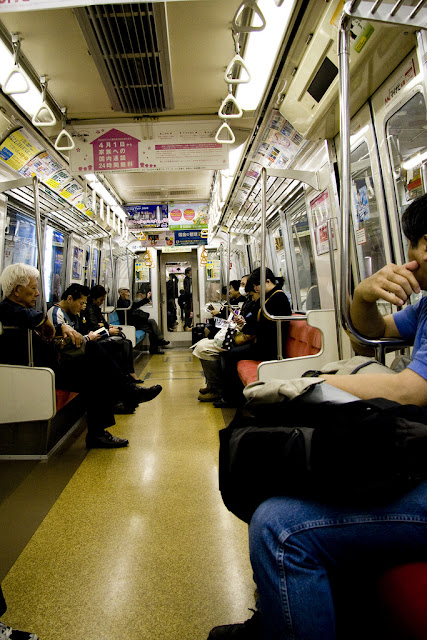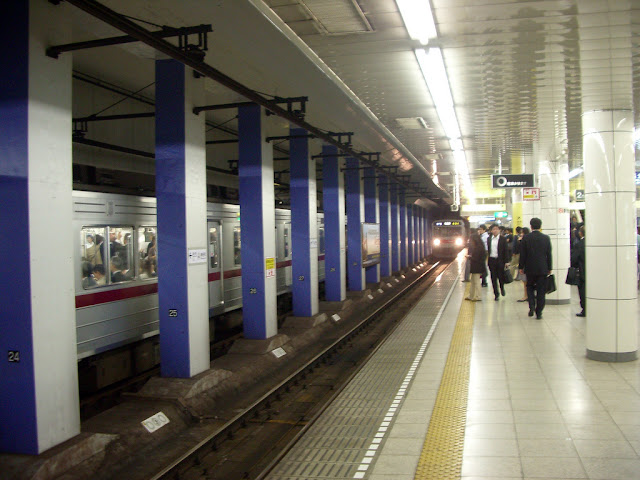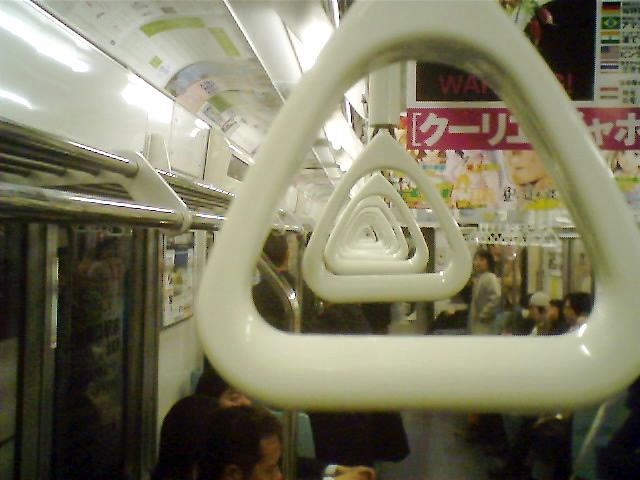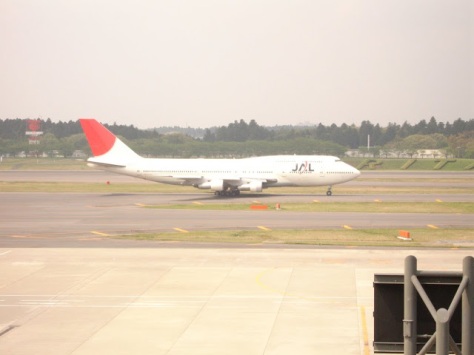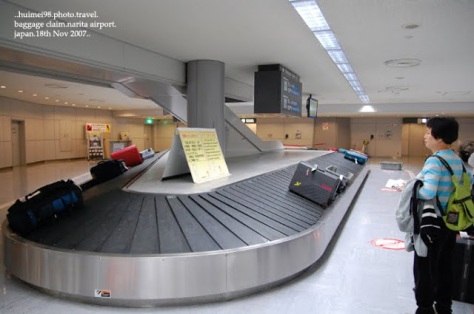Category Archives: 06 TT 019 Travel
Japan Rail Pass
Kansai Airport 関西空港 かんさいくうこう
Kansai Airport 関西空港 かんさいくうこう
Kansai Airport 関西空港 かんさいくうこう
Kansai Airport 関西空港 かんさいくうこう
Kansai Airport 関西空港 かんさいくうこう
Kansai Airport 関西空港 かんさいくうこう
Kansai Airport 関西空港 かんさいくうこう
Kansai Airport 関西空港 かんさいくうこう
Kansai Airport 関西空港 かんさいくうこう
Kansai Airport 関西空港 かんさいくうこう
Kansai Airport 関西空港 かんさいくうこう
Kansai Airport 関西空港 かんさいくうこう
Kansai Airport 関西空港 かんさいくうこう
Kansai Airport 関西空港 かんさいくうこう
Kansai Airport 関西空港 かんさいくうこう
Kansai Airport 関西空港 かんさいくうこう
Kansai Airport 関西空港 かんさいくうこう
Bullet Trains 新幹線 しんかんせん
Tokyo Subway 東京の地下鉄 とうきょうのちかてつ
So easy to use! Ticket vending machines are everywhere – well, at the entrance anyway. Plans, diagrams and maps are everywhere, and in English as well. Spare a thought for those visitors from Russia, Venezuela and Togo who may not speak English. Difficult, but they seem to manage and the Japanese staff are most helpful.
.

.
きっぷうりば ticket sales place kippu-uriba
.
.
.
Please, put the ticket in the right way.
Your kneecaps will help remind you for next time.
.
.
- Not a good idea to lean forward.
- Also, there are those boxes on the side for those who thought they might like to slide down the banister, so to say…
- Do keep to the left as people will try to pass you.
- Wherever you go in the subway, do follow your coloured circle.
- You can’t go wrong.
- There is braille everywhere for the visually-impaired, so they have thought of everyone and everything: Japanese organisation and planning.
.
.
Rush hour is a different matter though…
.
.
He has a cold and is being considerate
.
.
.
.
-
You should speak in a low voice, not speak out aloud. (You recognise foreigners straightaway. They are so noisy and their conversations include the whole world: talking from one end of the carriage to the other! Or calling out: “Hey, Lisa, have you… blah, blah, blah…?” How un-Japanese! No sense of restrained consideration. Remember that everything new on the train, the other passengers have already seen thousands of times before you, so they don’t really want to hear about it. They just want to get home, or to wherever they want to go, without your comments.)
-
Also, you shouldn’t eat or drink on the train. There are plenty of coffee shops elsewhere. That includes revolting chewing gum. Nasty habit. Yuck! Not to mention what foreigners do with their chewing gum when they have finished. A great way to make your hosts sick or take a dislike to you!
-
These days you shouldn’t use your mobile phone on the train either. Inconsiderate.
-
Just don’t bother other people – lead your own life and get on with it.
.
.
and this is only the start of the week…
.
I did it! Pretty cool!
.
.
.
Narita Airport 成田空港 なりたくうこう
Narita Airport 成田空港 なりたくうこうNarita is a large modern airport, about 70 kilometres from the centre of 東京 とうきょう tōkyō Tokyo.
Your very smart piece of paper: レールパス reeru-pasu rail-pass
This can only be bought OUTSIDE Japan.
It saves you an awful lot of money.
And then there is East and South and West
.
North 北 きた kita























































































































































